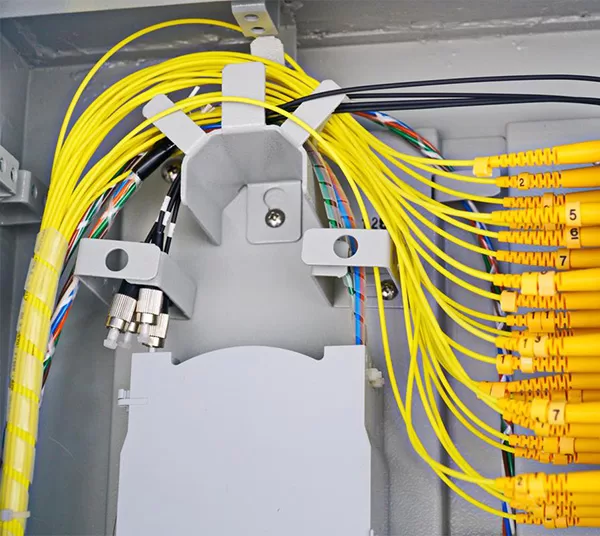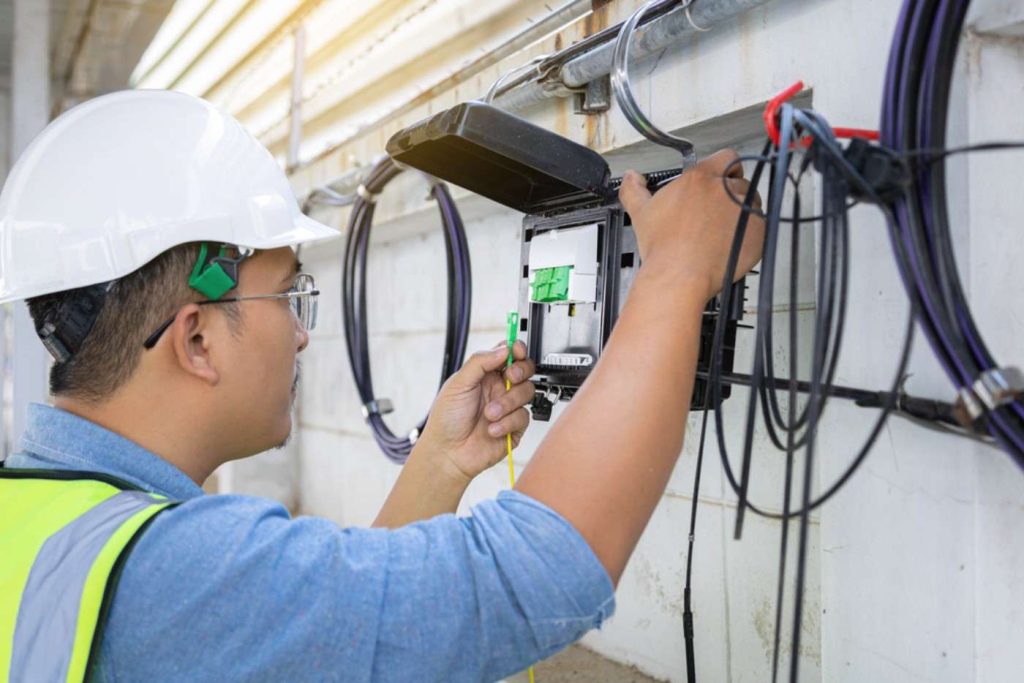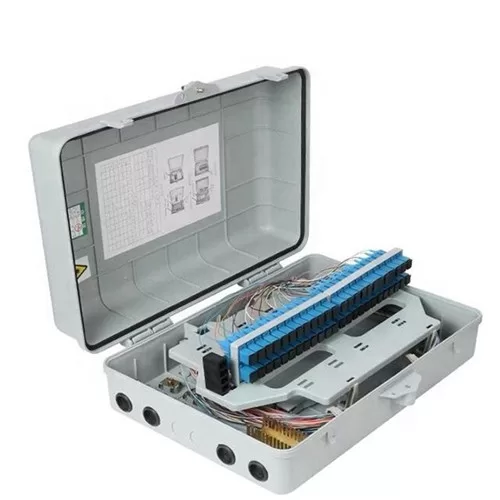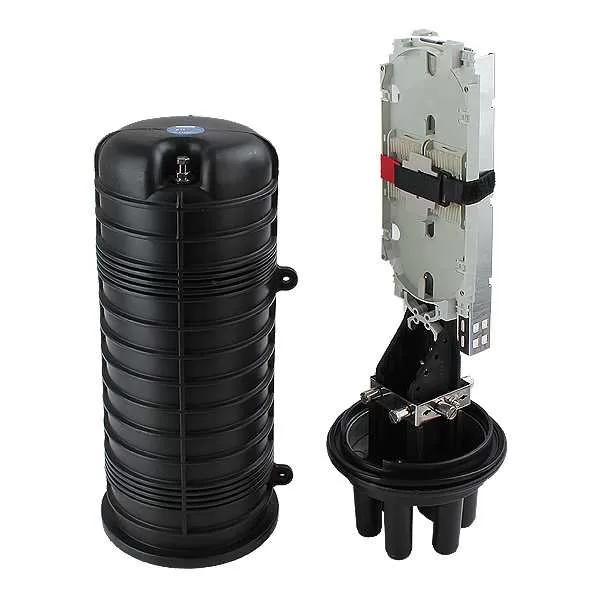In the dynamic landscape of modern communication, Fiber Termination Boxes (FTBs) play a pivotal role in ensuring the efficiency and reliability of fiber optic networks. From homes to data centers, understanding the basics of FTBs, including their installation and maintenance, is essential for beginners venturing into the realm of high-speed connectivity. This comprehensive guide aims to distill the insights provided by Teleweaver, offering a concise yet thorough understanding of Fiber Termination Boxes.

1. Introduction to Fiber Termination Boxes
A Fiber Termination Box, also known as a Fiber Distribution Box, is a crucial component in fiber optic networks. It serves as a termination point for optical fibers, providing a secure and organized space for connecting and managing fiber optic cables. FTBs play a vital role in ensuring the efficient distribution of signals while safeguarding delicate fibers from environmental factors.
2. Types of Fiber Termination Boxes
Teleweaver emphasizes the importance of choosing the right FTB based on specific requirements. The common types include:
- Wall-Mounted FTBs: Ideal for residential and small-scale applications, these are compact boxes designed to be mounted on walls for easy access and space-saving cable management.
- Rack-Mounted FTBs: Suited for larger installations like data centers, these boxes can be mounted on standard racks, providing scalability and efficient organization of cables.
- Outdoor FTBs: Built to withstand harsh weather conditions, these boxes are weatherproof and designed for outdoor installations, ensuring the longevity of the fiber optic network.
3. Installation Guide for Fiber Termination Boxes
3.1. Pre-Installation Considerations
Before diving into the installation process, beginners should consider the following:
- Location: Choose an appropriate location for the FTB, ensuring it is easily accessible and aligns with the specific requirements of the network.
- Capacity Planning: Evaluate the number of fibers required for the network and select an FTB with sufficient capacity to accommodate present and future needs.
3.2. Installation Steps
Teleweaver outlines a step-by-step process for FTB installation:
- Prepare the FTB: Ensure that the FTB is ready for installation, checking for any defects or damages.
- Mounting: Depending on the type of FTB, mount it securely on the wall or rack, following the manufacturer’s guidelines for proper alignment.
- Cable Entry and Management: Carefully route the incoming and outgoing fiber optic cables through designated entry points, utilizing cable management features to maintain order and minimize signal interference.
- Splicing: Splice the fibers, ensuring a secure and reliable connection. Utilize splice trays within the FTB for organized fiber management.
- Connectorization: Connectors and adapters play a crucial role. Teleweaver recommends ensuring proper alignment and securing connectors to prevent signal loss.
3.3. Post-Installation Checks
After installation, perform thorough checks to verify the integrity of the network:
- Signal Testing: Use appropriate testing equipment to ensure that signals are transmitting effectively through the fiber optic cables.
- Sealing and Protection: If the FTB is installed outdoors, double-check the sealing to prevent moisture ingress. Ensure that the box is adequately protected against environmental factors.
4. Maintenance Guide for Fiber Termination Boxes
Regular maintenance is key to the sustained performance of FTBs. Teleweaver offers valuable insights into effective maintenance practices:
- Visual Inspections: Conduct routine visual inspections to identify any signs of wear, damage, or environmental factors that may impact the FTB’s functionality.
- Cleaning: Keep the FTB clean from dust and debris, which can compromise signal quality. Use appropriate cleaning tools and solutions recommended by the manufacturer.
- Labeling: Clearly label cables, connectors, and adapters for easy identification during troubleshooting or future modifications.
- Temperature Control: Ensure that the FTB is operating within the recommended temperature range to prevent overheating, which can degrade signal quality.
5. Conclusion
In conclusion, Fiber Termination Boxes are indispensable components in the world of fiber optics, providing a structured and secure environment for the efficient management of optical fibers. This guide, distilled from Teleweaver insights, equips beginners with the essential knowledge required for the installation and maintenance of FTBs. By understanding the types, installation steps, and maintenance practices, beginners can embark on the journey of building and sustaining reliable fiber optic networks with confidence. As technology continues to evolve, the foundational knowledge provided here serves as a solid starting point for those venturing into the fascinating realm of fiber optics.




